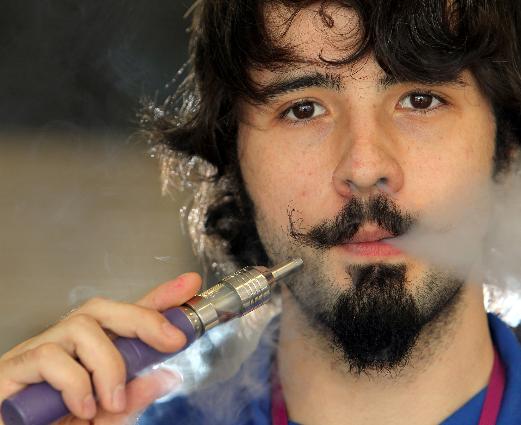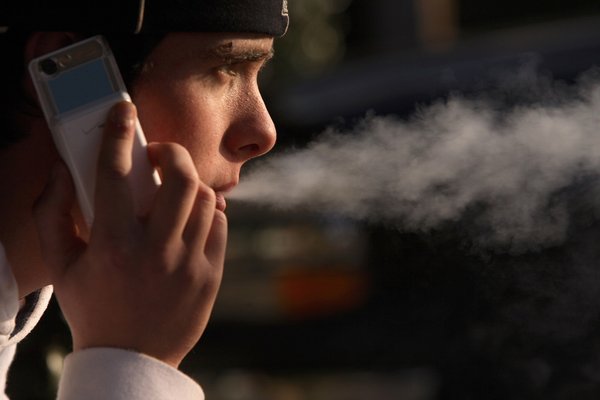USA Today – Our View: E-cigarettes cloud progress on teen smoking
USA Today Editorial Board
E-cigarettes, once seen as a harmless alternative to tobacco smoking, are beginning to look more like a new gateway to addiction.
This year, for the first time, more teens used electronic cigarettes than traditional ones: 17% of high school seniors used the devices, vs. 14% who smoked cigarettes. Kids in eighth and 10th grades favored them 2-to-1 over traditional smokes, according to an eye-opening University of Michigan survey released Tuesday.
In one sense, there is good news. Teen smoking hit a record low last year after a steady decline since the late 1990s, leaving fewer teens vulnerable to the risk of cancer, heart disease and emphysema that comes with tobacco use. But e-cigarettes are a troubling alternative.
Just as scientists didn’t grasp the danger of tobacco when the nation was becoming addicted, they don’t fully understand the risks posed by e-cigarettes now.
One is obvious: addiction.
E-cigs, battery-powered nicotine inhalers that produce a vapor cloud, could be every bit as addictive as tobacco. With sales skyrocketing to $754 million, 30 times five-year-ago levels, and tobacco giants Altria and Reynolds entering the business, millions of people are getting hooked.
This is particularly a problem during the teen years because that is when nearly all smokers pick up their habit.
For manufacturers, the logic is inescapable: Addict a teenager and you could have a customer for life; miss the moment and you have no customer at all. So in ways subtle and not so subtle, e-cigarette makers have applied Big Tobacco’s advertising and marketing practices.
One prominent tactic is their use of celebrities — including former Playboy centerfold Jenny McCarthy, singer Courtney Love, actor Stephen Dorff and teen heartthrob Robert Pattinson of Twilight fame — to make “vaping” look sexy and rebellious.
No one knows how dangerous this is because with federal oversight missing, no one knows exactly what’s in the devices, some made in China. A Japanese study found hazardous substances in the vapor at higher levels than in cigarette smoke.
There are obvious ways to address the problem, starting with attention from the newly confirmed surgeon general, Vivek Murthy, and analysis by the Food and Drug Administration of e-cigarette content. Both worked with tobacco but could be thwarted by a Congress rigidly opposed to regulation.
Alternatively, states could fill the breach. Nearly a dozen still allow e-cigarette sales to minors when they plainly should not. They could also use the 1998 tobacco settlement negotiated with the industry long before e-cigarettes existed. The accord defines covered products in a way that includes e-cigarettes, because nicotine is derived from tobacco.
By invoking the settlement, state attorneys general would be able to clamp down on marketing that’s targeted at youth, including certain celebrity promotions, concert sponsorships and access to free samples.
After a decades-long battle against youth smoking, it would be tragic to see a new generation of teens hooked on a different but potentially dangerous substitute.
USA TODAY’s editorial opinions are decided by its Editorial Board, separate from the news staff. Most editorials are coupled with an opposing view — a unique USA TODAY feature.


